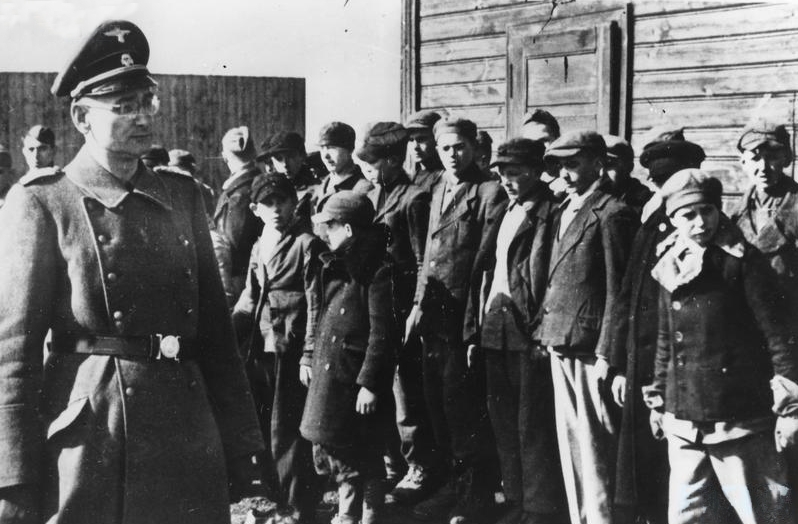The most recognisable symbols of the Nazi system include the camps organised by the Germans. One of the products of the camp death machine was Kinder-KL Litzmannstadt. Officially organised in Lodz, this centre was supposed to isolate young hooligans, but in reality, bringing a lot of suffering to the innocent Polish children imprisoned there.
The origins of the camp date back to 1941, when Heinrich Himmler decided on the necessity of isolating German youths in the lands annexed to the Reich from Polish orphans and children who were “insufficiently cared for”. In 1942, a five-hectare area was delimited within the Lodz ghetto. The first transports of detainees arrived at the beginning of December 1942, most likely before the official start of the camp, which became operational on 11 December.
Most of the prisoners came from the Polish territories incorporated into the Third Reich. Children accused of vagrancy (which could even mean walking on the road), children of members of the resistance movement, children of deported Poles, children of Jehovah’s Witnesses who refused to sign the Volksliste, and children with mild physical or mental handicaps were all sent to the centre.
Individuals placed in the camp were forced to work for the occupying authorities, mainly for the Wehrmacht (preparing winter boots or equipment for vehicles). Later, a branch of the camp was established in Dzierżązna, where some of the imprisoned girls were sent and forced to work in the farm.
The camp officially accepted children from 8 to 16 years of age, but there were cases of much younger prisoners. They all lived in very harsh conditions, receiving minimal food rations. Once inmates reached the age of 16, they were sent to concentration camps.
Kinder-KL Litzmannstadt operated until 19 January 1945 with approx. 2,000 and 3,000 children detained there. As a result of starvation, hard work, and a typhus epidemic, several hundred of them died.





